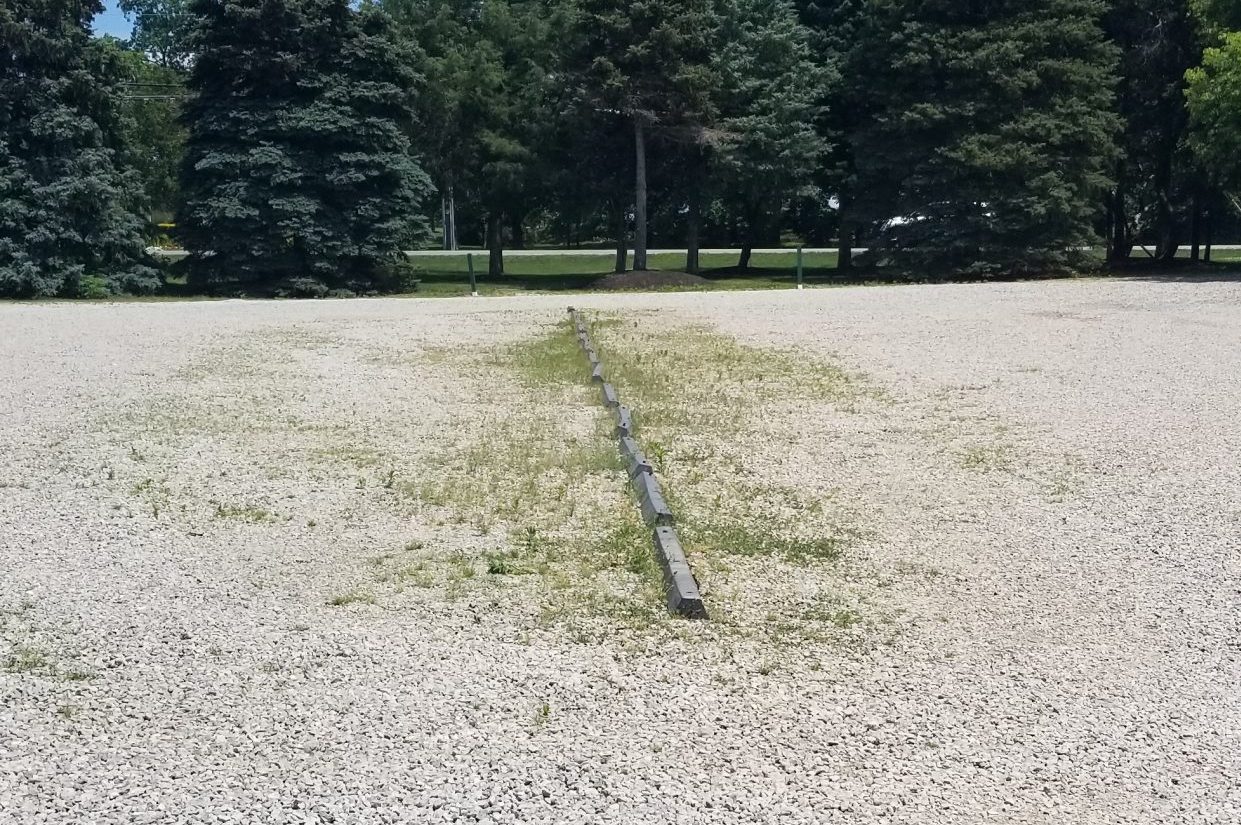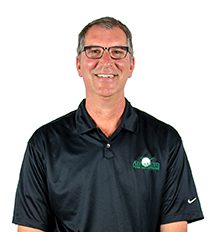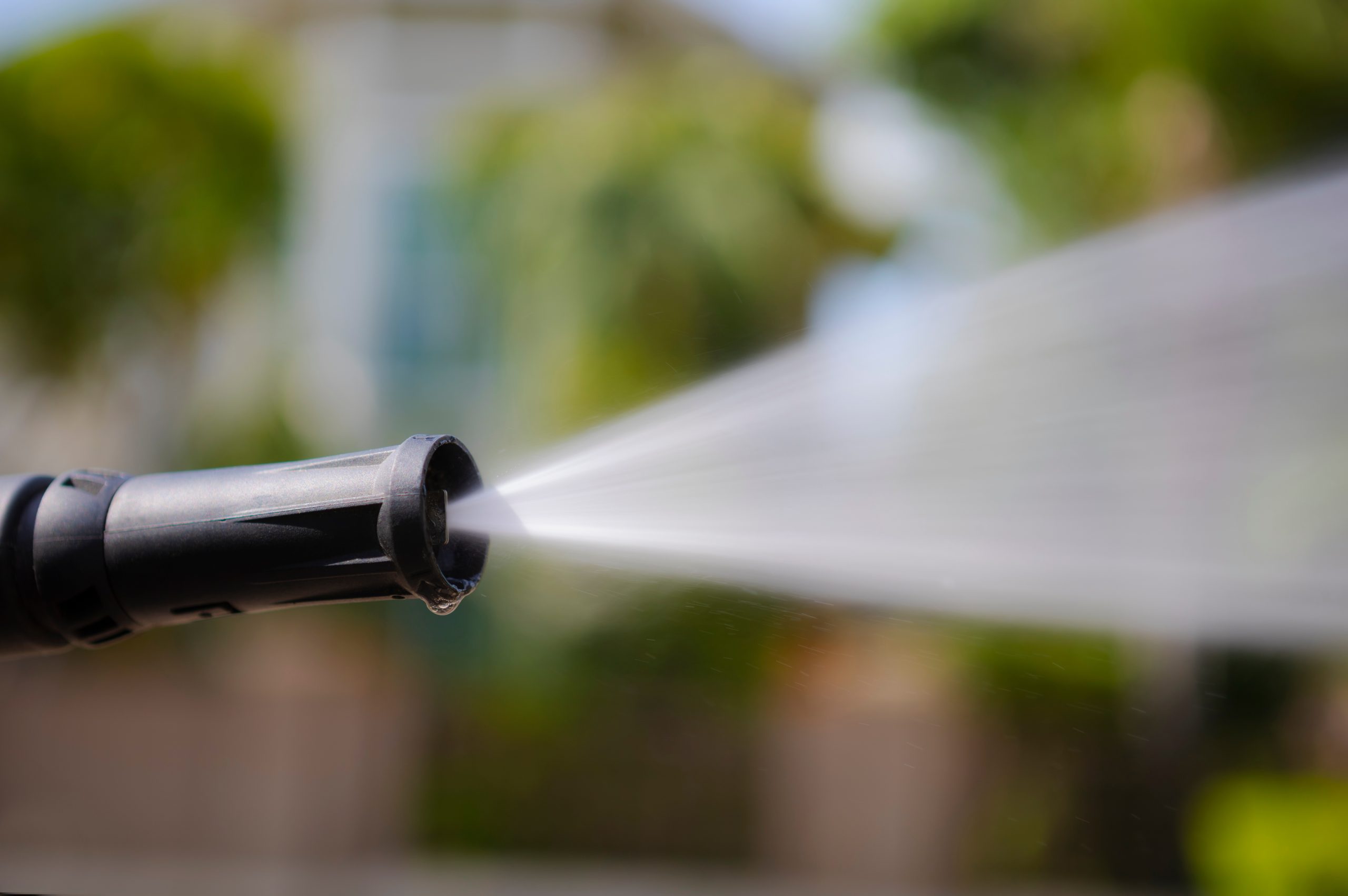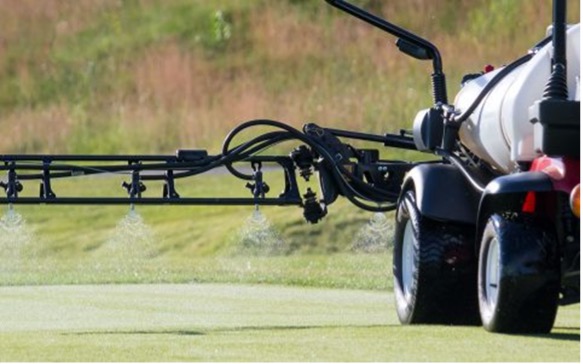Various scenarios have prompted questions about bareground control this year. Like many of the challenges we help our customers with, this one has numerous control options that differ by cost and ease of use.
As with most chemical treatments for weeds and disease, bareground control can be preventative or curative — and there are pros and cons to both. One option to consider for preventative treatment is Mojave, which has long residual control but also comes with some challenges. It can move with water in the days and even weeks after application, sometimes resulting in unwanted vegetative kill outside of the target area. Its formulation also presents some challenges when it comes to mixing. Another preventative option is SureGuard, which is a much safer product to apply. Its liquid formulation is easy to mix and can be sprayed on the treatment area from edge to edge without concern of runoff. Depending on the area and weather conditions, residuals from this treatment can last from several months up to a season.
If you’ve been treating curatively with a glyphosate product and find yourself frequently retreating the area, you may consider combining it with one of the above pre-emergent products to extend the control period and reduce your labor inputs. Alternatively, you could try a non-glyphosate curative treatment. One example is Cheetah Pro, which is effective at treating weeds that have become resistant to glyphosate or multiple herbicide classes.
These are just a few of the many bareground control options. Your local ATS representative can help you tailor a program to your specific situation, so contact them today for more information about treatment solutions.













